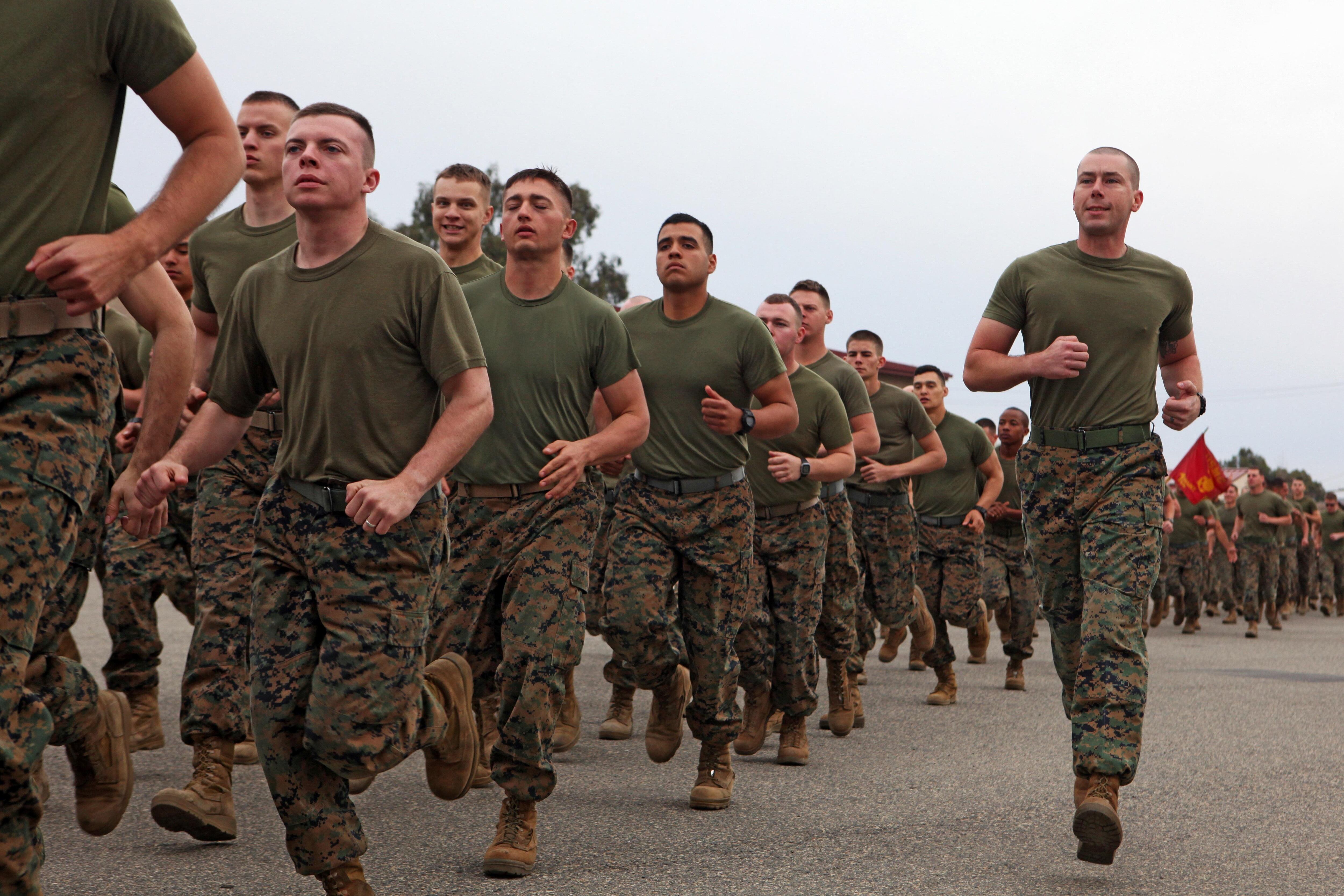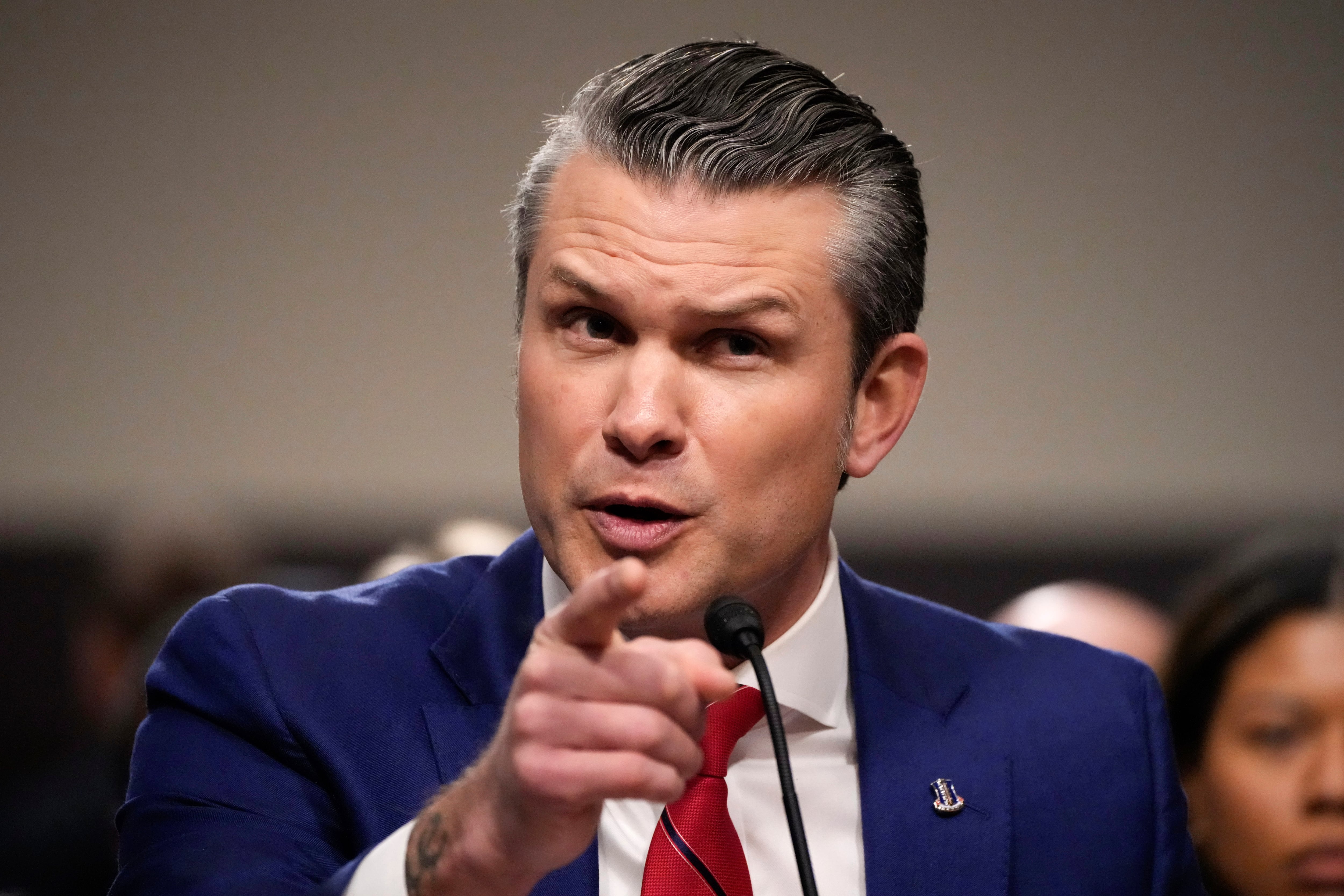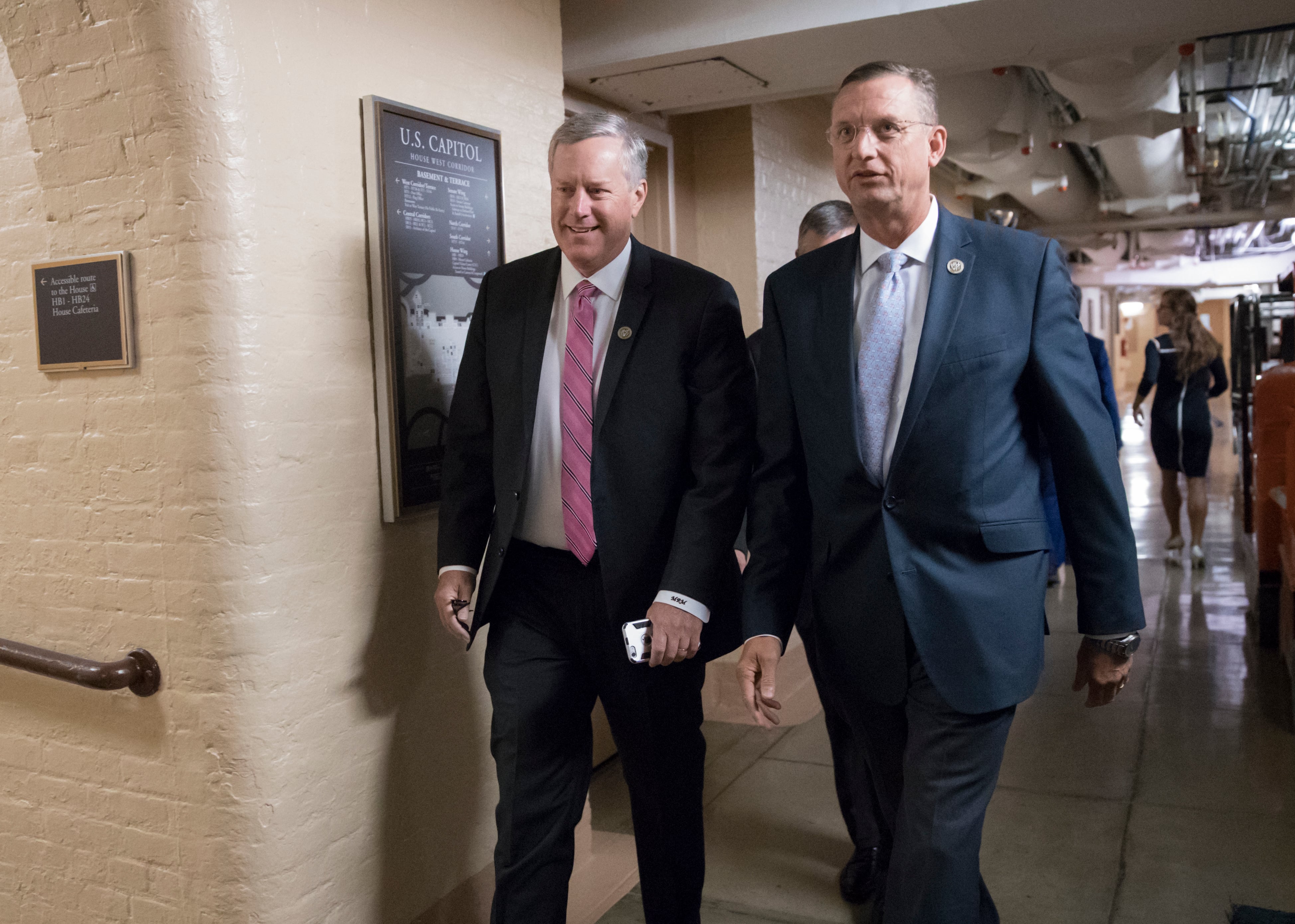Frigates are, hands-down, the heavy hitter in the Navy's fight to stop against drug traffickers at sea. They nabbed 98 percent of the 164 metric tons of cocaine, valued at $3.2 billion, that Navy ships have seized in the last five years.
But with the frigates' service is coming to an end this summer, which could The accelerated pending retirement of frigates could cripple drug interdiction efforts in the coming year. That's why and so planners are scrambling to assemble a hodgepodge of auxiliary ships to take on the mission until the littoral combat ships arrive in sufficient numbers. but the long-term replacement will likely provide the boost top leaders have sought for years.
Frigates were involved in "the vast majority" of Navy interdictions over the past five years, said Capt. Juan Hogan, deputy director of the U.S. Naval Forces Southern Command/ U.S. 4th Fleet Deputy Maritime Operations Center. According his figures, Oliver Hazard Perry-class ships were also In that time, Navy surface vessels nabbed 164 metric tons of cocaine valued at $3.2 billion, and frigates were responsible for 98 percent of that total. Similarly, the class is responsible for 76 percent of the 26,000 pounds of marijuana seized, and every bit of 1.32 kilograms of heroin that was seized.
The guided-missile frigate Kauffman is the latest to add to those totals. Kauffman's crew of 17 officers and 198 sailors, and its embarked Coast Guard team, on May 16 nabbed 3,900 pounds of cocaine valued at $59 million, and detained three crewmembers. The ship, which has been involved in Operation Martillo counter-drug patrols, final deployment of the an Oliver Hazard Perry class frigate, and will be the last ship of its class. The frigate is to be decommissioned in October.
Ultimately, the littoral combat ship will join Coast Guard cutters and 13 partner nations in the war on drugs. But LCS isn't ready for the mission, and will not be able to provide a sustained presence until late 2016 or 2017, officials expect. In the meantime, the Navy has little choice but to use a host of platforms to fill the gap. This includes ships like the joint high-speed vessel, mobile landing platform and afloat forward staging base, which can carry boarding teams, helos and troops.
"We are leveraging new technologies to deliver capabilities that meet fleet requirements today and will remain relevant to mitigate evolving threats in the future," said Lt. Robert Myers, a Navy spokesman. "New ships like [joint high-speed vessel], LCS/frigate, mobile landing platforms and afloat forward staging bases deliver needed capabilities and are cost effective. The Navy continually monitors force readiness and capabilities to provide a maritime force that operates forward, stays engaged and remains ready."
The JHSV will begin its second deployment in the region in mid-June. While it's an excellent surveillance platform, does a good job of maintaining Intelligence, Surveillance, and Reconnaissance, the JHSV is not nearly as good as a frigate or LCS when it comes to chasing down drug dealers, said Bryan Clark, a defense expertsenior fellow at the Center for Strategic and Budgetary Assessments. And surveillance is not lacking in the war on drugs. E-2C Hawkeyes and P-3 Orions regularly conduct patrols across the region; what commanders lack are vessels that can intercept. The problem is so bad that Coast Guard Commandant Adm. Paul Zukunft in January told lawmakers that intelligence teams track 80 percent of drugs coming into the country by sea, but there are only enough ships to stop 20 percent.
"So 60 percent get a free ride," he said. "It's a $750 billion enterprise, and I've got a $10 billion slingshot."
That free ride will end for many traffickers when once the Navy sees four littoral combat ships start hitting the fleet each year, Clark said. "You will see a rapid increase in the number of ships able to go down there," he said. "You will go from famine to feast, in this case."
The LCS can (theoretically) deploy rigid inflatable boatsor RHIBs, faster than a frigate and has plenty of helicopter capacity — a must for interdiction missions. The continuous presence of multiple LCS vessels will be aided by having them homeport in Mayport, Florida, Clark said.
Mayport is slated to get its first LCS in late 2016 when the Little Rock arrives. Two more Freedom-class ships are expected to arrive each year, said the squadron commodore there in an interview this spring.
This Mayport-based ships will support quick deployments as well as interdictions during training and exercise missions. Use of Guantánamo Bay, Cuba, as a rotational crew base is also under consideration.
Even if LCS is able to provide all that she promises, the gap that exists between frigate and LCS operations pales to the chasm would be insignificant compared to the lack of capability that would result from another round of sequestration, which in 2013 greatly reduced the number of frigate patrols in 4th Fleet.
These funding cuts, essentially reducing the Navy's $161 billion annual budget by $13 billion, are impending in 2016 unless lawmakers and the president agree to lift spending caps. efense Department would be spared these cuts under the 2016 National Defense Authorization Act passed by lawmakers. But President Obama has threatened to veto the NDAA and future defense spending bills because he does not feel the Pentagon should be excluded from the government-wide spending cuts mandated by the Budget Control Act.
Marine Gen. John Kelly, the head of Southern Command, testified in March that in testimony before the Senate Armed Services Committee on March 12, said sequestration would be "a catastrophe.'
"It will essentially put me out of business. I have very, very little to work with now," he said.
Troops and law enforcement at SOUTHCOM Service membersunder his command seized a total of 158 metric tons of cocaine last year. If sequestration hits, the general said he would be lucky to get 20 tons.
Kelly, who has been a vocal critic of any plan that would reduce Navy or Coast Guard vessels from the war on drugs, has repeatedly described drug traffickers as an enemy that demands greater resistance and resources. Roughly 40,000 Americans die every year from illegal drug use, which he calls "narco-terrorism." That is half a million people since 9/11.
"Very few have died from traditional terrorism, if you will, since 9/11," Kelly told lawmakers.
DRUG BUSTING, BY THE NUMBERS:
Navy ships have intercepted tons of cocaine in the Caribbean and off Central America's Pacific Coast. The seizure tallies for the past five years:
- 164 metric tons of cocaine valued at $3.2 billion.
- 26,000 pounds of marijuana valued at $18.7 million.
1.32 kilograms of heroin valued at $116,000
The frigates' what portion of that total: was frigates responsible?
- 161 of 164 metric tons of cocaine.
- 19,700 of 26,000 pounds of marijuana.
All 1.32 kilograms of heroin
SOURCE: NAVAL FORCES SOUTHERN COMMAND





